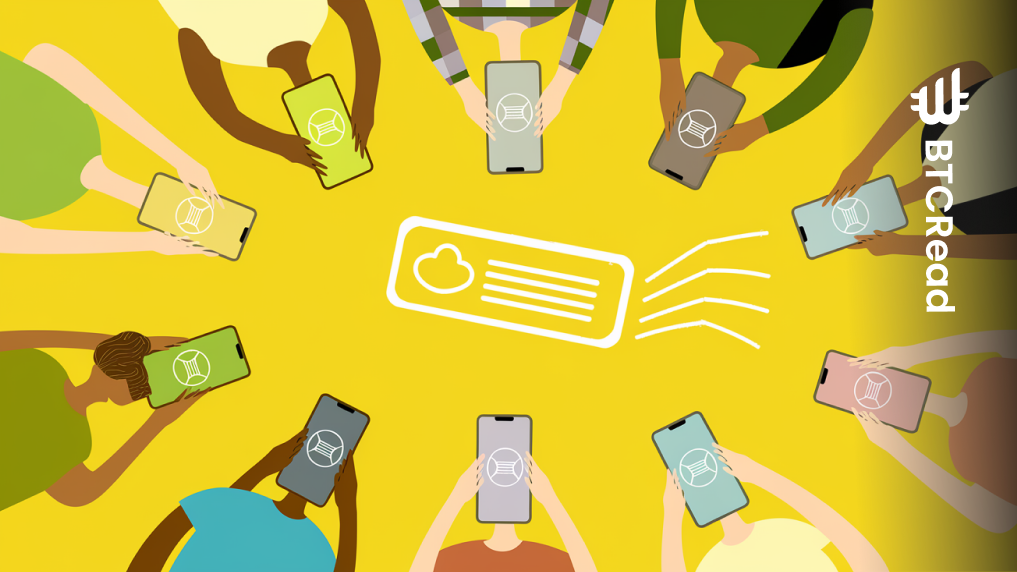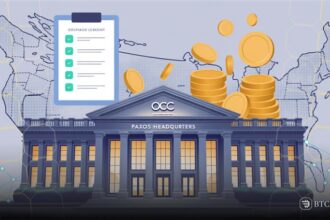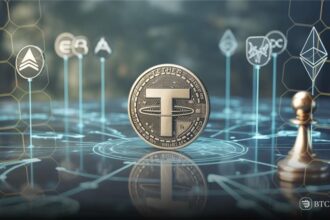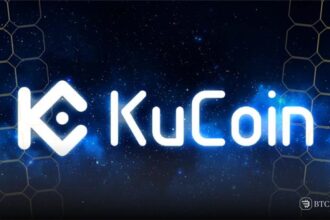In recent years, blockchain-based loyalty rewards programs have risen dramatically, due to the growth of Web3 and decentralized apps. Young adults, the key target audience, prefer “participate-to-earn” models within specific ecosystems.
Statistics show that most people engage with Web3 and cryptocurrency products mainly during special events like airdrops or other time-limited incentives. Although there are some exceptions, projects that don’t attract users within the first few months after launching often struggle to gain momentum. Self-contained economies designed to motivate consumers have existed for as long as currency and competition have existed.
Web3’s impact on customer loyalty
Businesses have tried everything from offering airline miles with credit card purchases to rewarding users with gift cards through Microsoft’s pay-to-browse program. There’s practically no limit to companies’ creative ways to keep customers returning.
In real-world terms, how blockchain and Web3 communities use these rewards has been hit-or-miss. Different projects handle things differently: some offer cryptocurrency rewards that you can cash out right away, which might make people less likely to reinvest.
In a recent roundtable discussion led by Rob Nelson from The Street, industry insiders, including REVO Ride Share CEO Paul Mikel, Element United CEO Scott Lomu, and influencer Paul Cuffaro, pointed to tokenization and rewards as key factors driving the adoption of blockchain technology.
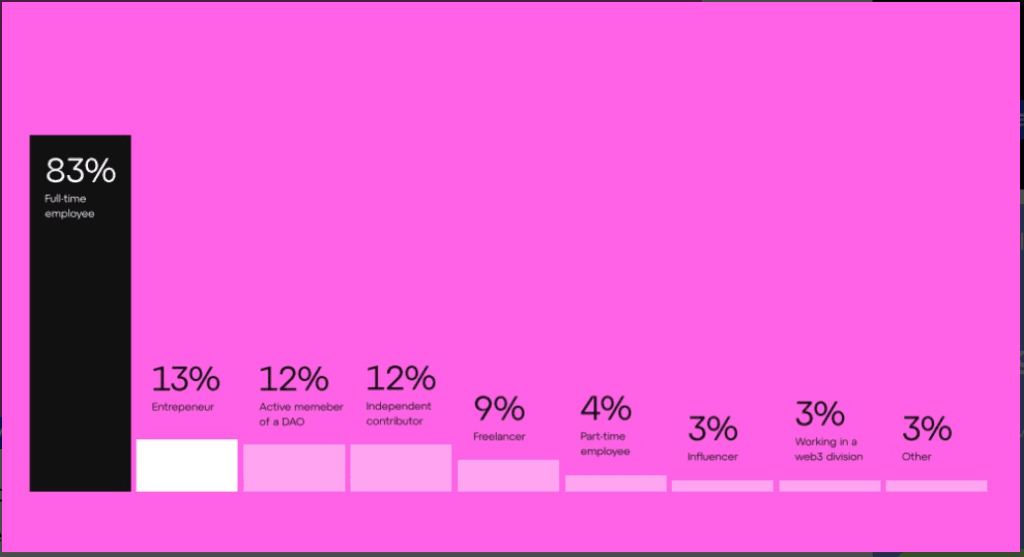
How blockchain is redefining loyalty programs
The group explored how blockchain could boost consumer loyalty, particularly by integrating it into the creator market. However, data from Consensys reveals that influencers and freelancers represent only a small portion of those working in the Web3 space.
It’s hard to tell if today’s blockchain-based loyalty programs are actually boosting user sign-ups since most companies don’t share data on their marketing success. However, a look at the top-performing projects in Sept. 2024 reveals that mini-dApps, Telegram games, click-to-earn games, and prediction markets are growing rapidly compared to traditional loyalty programs.
Related | Multicoin Capital leads DRIFT seed round, sees 7x potential


